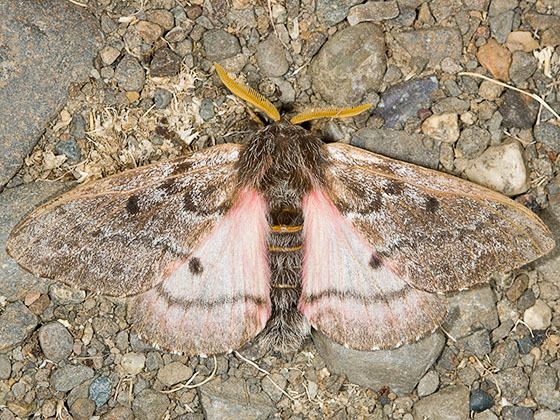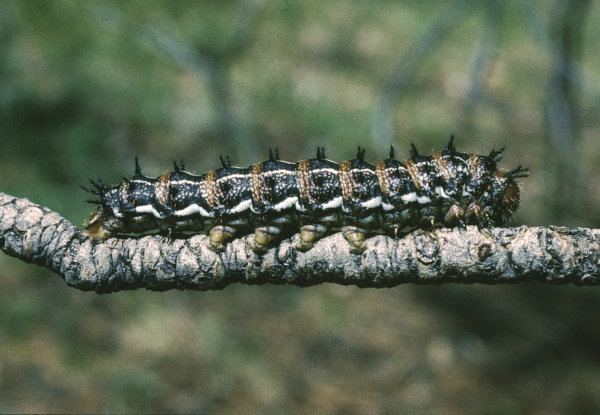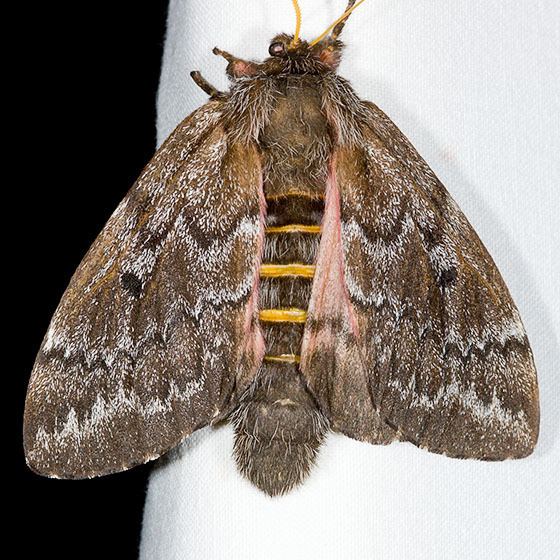Rank Species | Order Butterflies and moths | |
 | ||
Similar Coloradia, Butterflies and moths, Hemileuca, Sheep moth, Hemileucinae | ||
County wide september 30 2014 pandora moth
The Pandora moth or Pandora pinemoth, Coloradia pandora, is an insect belonging to the Coloradia genus of moths. It is native to the western United States. The larvae of the Pandora moth feed on the foliage of several species of pine trees, including the lodgepole, Jeffrey, and ponderosa pines. The larvae populations sometimes reach high enough levels to cause severe defoliation; such outbreaks have occurred in northern Arizona, central Oregon, and southern California. The Paiute people in California's Owens Valley and Mono Lake areas harvest, prepare, and store the larvae (which they call piuga) as a preferred food. This has brought the natives into conflict with the United States Forest Service, which has sought to control moth populations through the use of insecticides.
Contents
- County wide september 30 2014 pandora moth
- Larva to pupa pandora moth educational time lapse
- Life cycle
- Human use
- References

Larva to pupa pandora moth educational time lapse
Life cycle

A Pandora moth lives for about two years. Around the end of June, the adult moths appear; they lay eggs which hatch in August. Over the winter, the larvae remain on the tree, feeding on its foliage. The following summer, the insects drop off the trees and pupate, burying themselves in the ground, where they will remain for a year (or, in some areas, 2–4 years), until they emerge as adult moths.
Human use

The Paiutes of California's Owens Valley and Mono Lake harvest, prepare, store, and eat the larvae of the Pandora moth, which they call piuga. The larvae are collected at their most mature stage, during their July migration to the forest floor at the end of their first year of life. They are gathered by hand once or twice a day, and temporarily stored in trenches in the ground. The larvae are then roasted in fire-heated sand for 30 minutes; the sand not only cooks the insects but also serves to remove the fine hairs, the setae, from their bodies.

The cooked larvae are washed, sorted, and dried. Stored in a cool and dry place, they keep for at least a year and perhaps as long as two. The dried piuga are reconstituted before consumption by boiling for about an hour in plain or salted water. The boiled insects have an odor described as like that of cooked mushrooms. They are eaten as a finger food; the entire larva is eaten except for the head. The cooking water is also consumed as broth, or used as a base for a piuga-and-vegetable stew.

